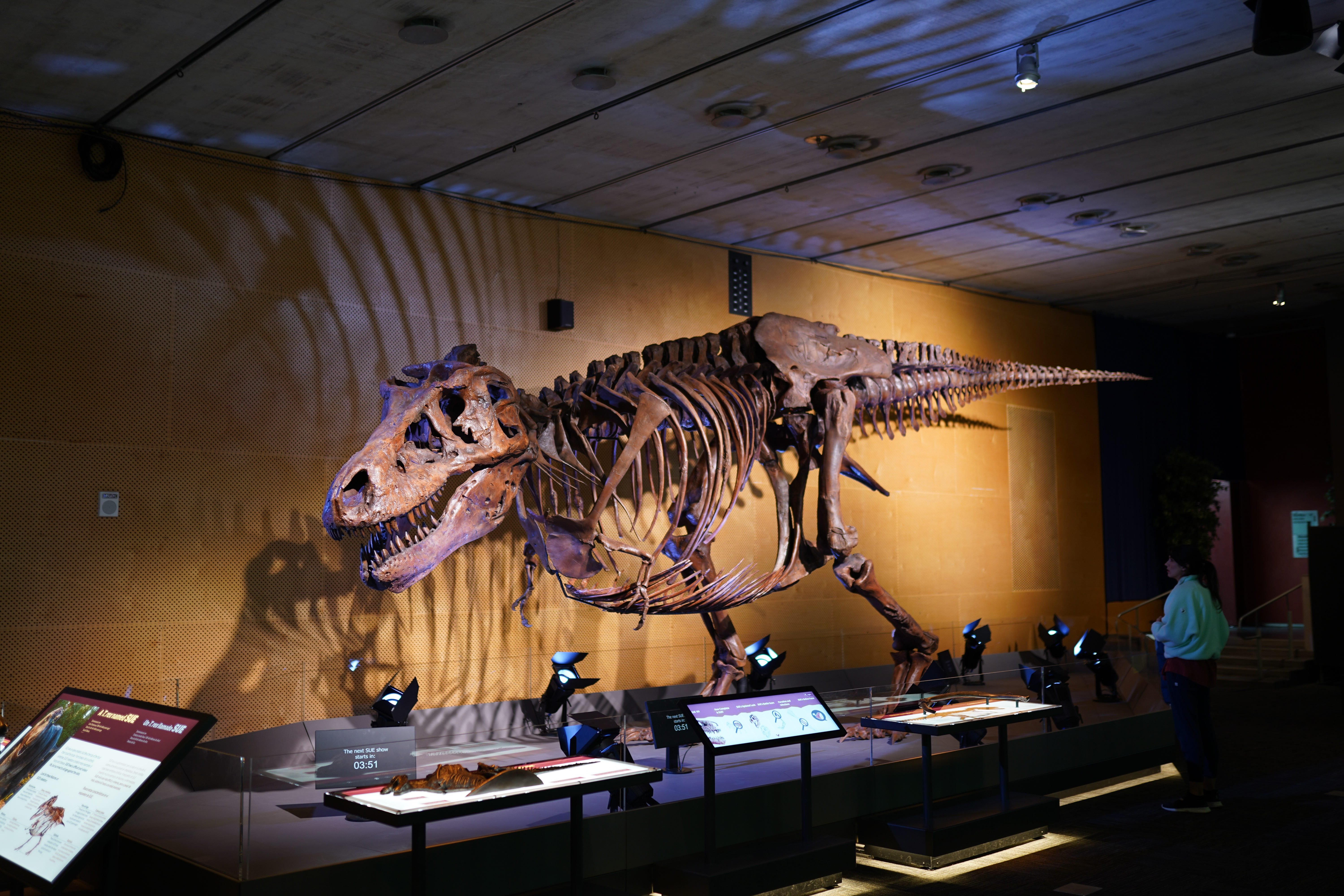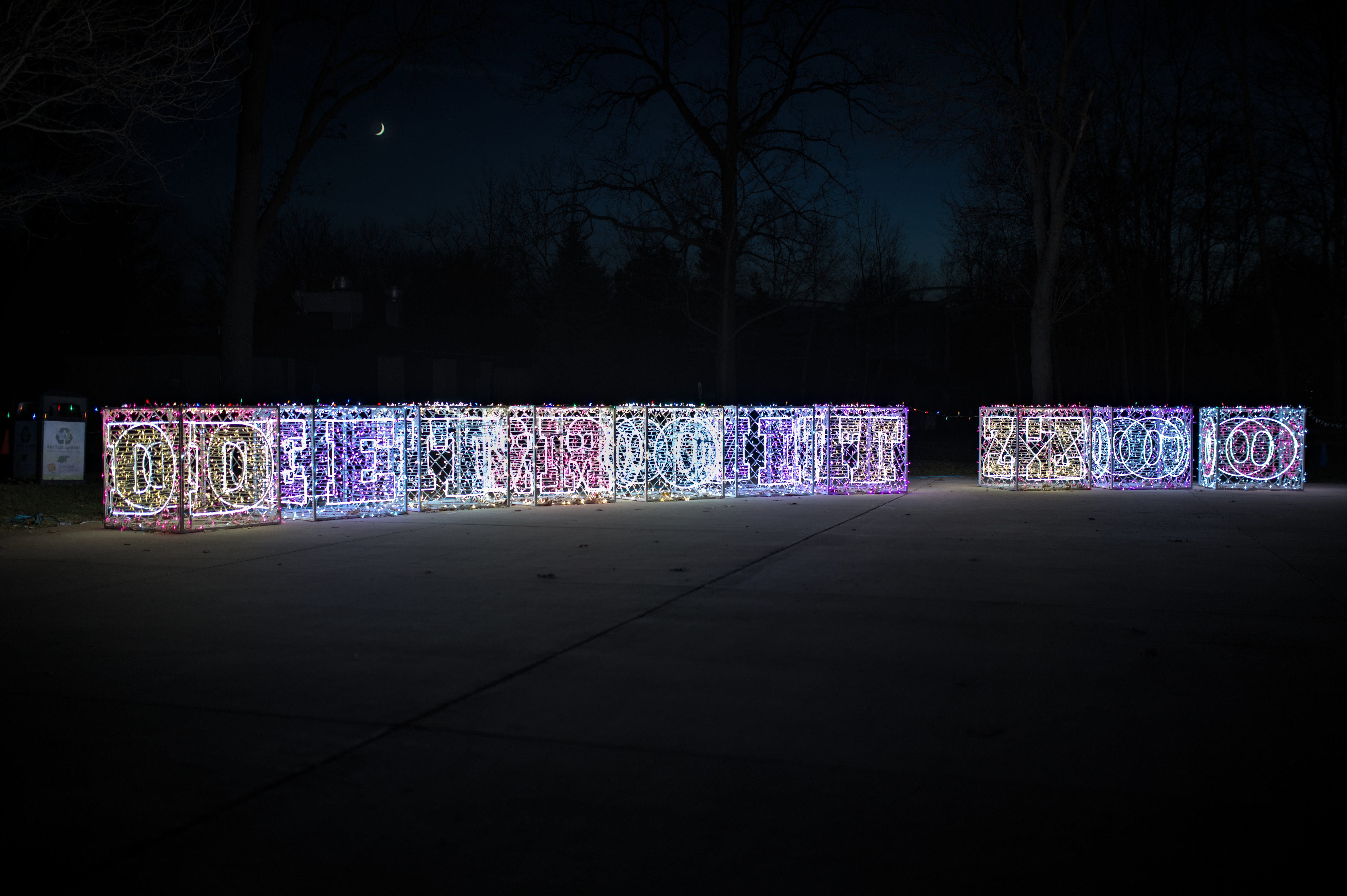Hi everyone, although I like to study the photography topic, I'm really a noob when it comes to practical terms.
I would like to take pictures at a family event which will take place in a garden in the evening/night.
Well, my gear is quite modest, and I know I don't have what I need to take good pictures of both the place and the people there. I'm looking to rent a nice lens to carry around as I take pictures (and enjoy the party too! So I'm just taking one 😅). So I would really appreciate some advice on what to rent.
There are the four lenses I found while digging, two are primes, two are zooms:
-
Canon RF 24MM F/1.8 IS STM: it's fast, with IS, but I'm not sure about portraits with this focal length.
-
Canon EF 24mm f/1.4 L II USM: super fast, no IS, still not sure about portraits with this focal length.
-
Canon EF-S 17-55mm f/2.8 IS USM: IS, quite fast, zoom lets me take portraits, but I've read it's not very sharp.
-
Canon RF 15-35mm f/2.8 L IS USM: IS, quite fast, zoom lets me take portraits (not strongly as the one above but still).
Here's my situation:
- I have Canon Eos R10 with the EF adapter.
- My hands are shaky, so without IS I need to be at least at 1/125...
- I like to keep ISO really low (<6400) if I can.
- I kind of pixel peep (I know I don't have the right because I'm crap but I can't resist) so I like to take as sharp pictures as I can.
Which lens would you reccommend? Since I'm renting them I was thinking about going all in with the expensive ones, the cost won't increase much. The primes are so bright I feel comfortable they will be bright enough, but I don't know if I can take good portraits at 24mm. On the other hand, zooms let me do more things, but I don't know if I can handle f/2.8 with my crappy and shaky hands.
Of course, if you can think of other lenses that would be perfect for the job I'm all ears!
Cheers


